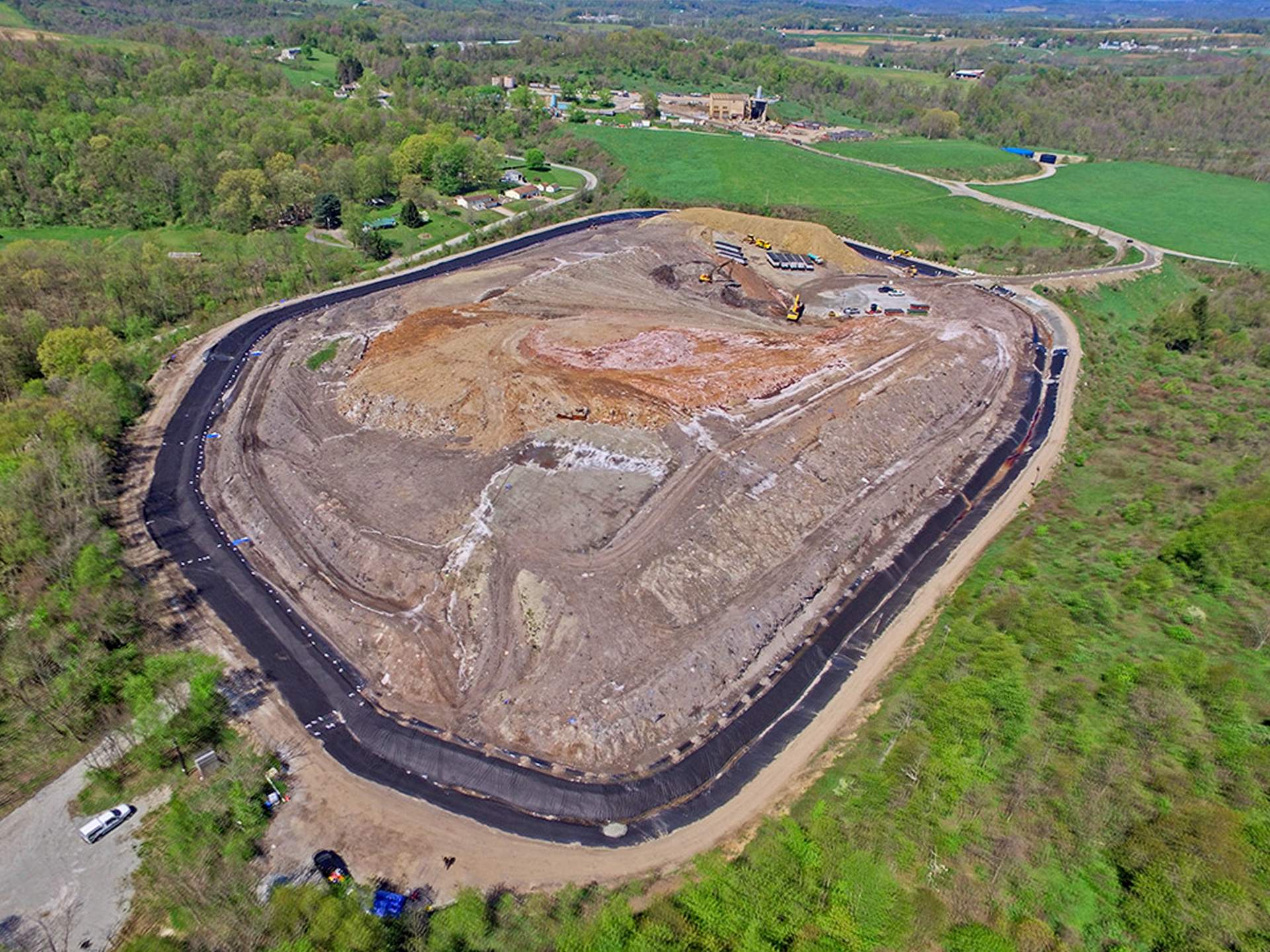Landfills are essential components of waste management systems, providing a safe and efficient method for disposing of waste materials. A crucial aspect of landfill design is the construction of a landfill cell, which is an engineered system designed to minimize environmental impacts.
It’s important to understand the critical elements of landfill cell design, including their components, strategies to prevent groundwater contamination, the comparison between single and double liner designs, the advantages of using PVC as a liner material, and other considerations.
What is a Landfill Cell?
A landfill cell is a compartment within a landfill site designed to isolate waste from the environment. It is the smallest unit in the landfill’s design that can be considered fully functional on its own, complete with bottom liners, leachate collection systems, and cover systems. The purpose of a landfill cell is to contain and manage waste materials, preventing the release of pollutants into the air, soil, and water.
Components of a Landfill Cell
The construction of a landfill cell involves several key components, each serving a specific function in waste containment and environmental protection:
- Bottom Liner System: A bottom liner provides a barrier between the waste and the ground, preventing leachate (a pollutant-laden liquid that can emanate from waste) from entering the soil and groundwater.
- Leachate Collection System: This system is designed to collect and remove leachate from the landfill cell, ensuring it does not saturate the waste or escape into the environment.
- Gas Collection System: As waste decomposes, it releases gasses such as methane and carbon dioxide. A gas collection system captures these gasses, which can then be flared off or used to generate energy.
- Cover System: The landfill cover system is applied to the top of the landfill cell to isolate waste from the air, minimize the infiltration of rainwater, and reduce the potential for gas emissions.
Avoiding Groundwater Contamination
Groundwater contamination is a significant concern in landfill operations. To mitigate this risk, landfill cells are designed with multiple barriers and systems aimed at capturing contaminants:
- The liner system acts as a physical barrier to leachate.
- The leachate collection system ensures that any liquid that does penetrate the liner is quickly removed and treated.
- Monitoring wells are installed around the landfill perimeter to detect any potential contamination of groundwater.
These features are critical in preserving water quality and protecting surrounding ecosystems and human health.
Single Liner vs. Double Liner Cell Design
When it comes to liner systems, there are generally two designs: single liner and double liner.
- Single Liner Systems consist of one layer of material, typically a synthetic membrane or a compacted clay layer, that serves as the primary barrier against leachate migration.
- Double Liner Systems include two barriers with a leachate collection system sandwiched in between. This design provides an added layer of protection; if the primary liner fails, the secondary liner acts as a backup to prevent leachate from reaching the soil and groundwater.
The choice between these designs often depends on the type of waste being disposed of, local environmental regulations, and cost considerations. Double liner systems, while more expensive, offer greater environmental protection and are increasingly becoming the standard in landfill construction.
Other Considerations
Beyond the technical design elements of landfill cells, there are several other factors to consider in their construction and operation:
- Sustainability: Modern landfill designs incorporate sustainable practices, such as recycling leachate for onsite use and harnessing landfill gas for energy.
- Regulatory Compliance: Landfills must adhere to a complex set of local, state, and federal regulations that govern their design, operation, and closure.
- Community Impact: The planning and operation of a landfill must consider its impact on the local community, including odor control, traffic management, and visual aesthetics.
- Future Use: Consideration for the eventual closure and post-closure use of the landfill site can influence the design and management practices from the outset.
Why PVC Is a Good Choice for a Landfill Liner
Polyvinyl Chloride (PVC) is a popular material for landfill liners due to its durability, chemical resistance, and flexibility. PVC liners are capable of withstanding the harsh conditions within a landfill, including exposure to various chemicals and the stress of heavy waste materials. Their flexibility is particularly advantageous, as it allows the liner to conform to the landfill’s contours and accommodate any settling or shifting of the waste material without breaking. Additionally, PVC liners are relatively easy to install and repair, making them a cost-effective choice for landfill operators.
The construction of landfill cells involves a complex integration of engineering, environmental science, and regulatory compliance. The careful design of these cells, including the selection of landfill liner systems and the implementation of protective measures against groundwater contamination, is essential for minimizing the environmental impact of waste disposal.
The use of materials like PVC for liners, along with considerations for sustainability and community impact, highlights the evolving nature of landfill technology towards more environmentally friendly and socially responsible waste management practices.


